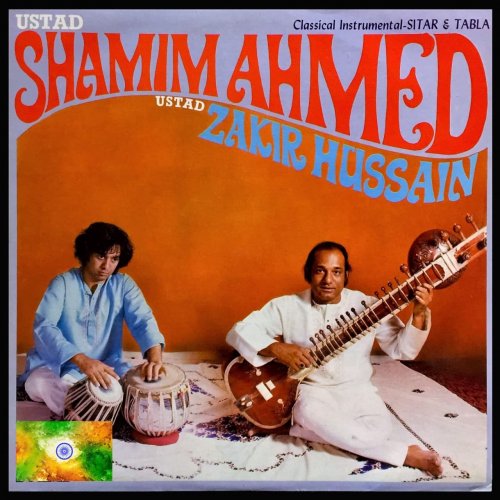

ZAKIR HUSSAIN DADRA TAAL SKIN
The rim or peripheral part, covered with an extra annular strip of skin is the ‘Kinar’. Before going into the different types of sounds it is necessary to have an idea of the components of the striking surface of the two pieces of the Tabla. In Indian music names have been given to different strikes upon the percussion instrument. Here is an example of the Theka of Jhaptal.ĭebendra Chakraborty – Tabla-Jhaptal Bol :īol means ‘words’. It follows that each Tala has a prefixed and unalterable Theka. When the percussionist plays only the Tala cycle with its characteristic ‘bols’ or syllables, without improvisation of any kind, the playing is known as Theka. Debendra Chakraborty – Tabla – Teental Theka : Here is a piece in Teental where the beats 9, 10, 11 and 12 are Khali. By its relation to the Khali the musician anticipates the coming of the Sam. This segment is known as Khali, which means ’empty’. This gives the Tala a sense of pulsation. Some segments of the Tala contain softer stresses or unaccented beats shown merely by a wave of the hand. Protyush Banerjee – Sarod – Raga Kamod Khali :


Now let us listen to a concert by an instrumentalist and notice how the musician comes back to the Sam after each improvisation. It is to the Sam that the musician and the percussionist must always return after their respective stretches of improvisations, leading to a release of the tension which has been built up. Likewise, in musical compositions, the main theme or Sthayee has a particular starting note, also marked out as the Sam, which must always coincide with the Sam of the Tala cycle. Mostly the emphasis in a Bandish falls on the It is known as the Sam and is the anchor of the Tala or cycle. The first beat of the cycle of the Tala is always stressed and is the most emphatic. Let us listen once again to Teental with the repetition of cycles or Avartas.ĭebendra Chakraborty – Tabla – Teental Sam : This is a single complete cycle of a Tala. Let us listen to Teental which has 16 Matras or beats. Matra:Ī Matra is a beat, stressed or unstressed. In this respect, Tala can be said to have a distinct language of its own. So also, the repertoire of a percussionist has many messages to convey to the listener, -a process in which its ‘alphabets’ and ‘words’ are as important as the pauses and punctuations in between. While speaking the language, these have to be properly and faithfully presented, in order to convey the message clearly. The work of the percussionist, during music, performance, is not merely to beat out the basic cycle of the Tala, but also to include in it many interesting improvisations, which are cleverly patterned conglomerations of the various sounds or mnemonics of the Tabla or Pakhwaj, properly punctuated.Ī language consists not merely of its alphabets and words but also of its punctuations and pauses in between words. Each beat in a cycle is not just a beat like any other, but it has its own separate and distinct identity, marked by a different kind of sound produced on the Tabla or Pakhawaj. On the percussion instruments, the Tabla and the Pakhawaj, rests the responsibility of spelling out the beats in a cycle or Tala. Talas has gradually grown in number and complexity, but from beats of twenty upwards they become too unwieldy to remember and handle. These various cycles are also denoted as different Talas, or Tals, as for example, Ektal, Jhaptal, Tintal, Choutal, Adachoutal, etc. Among these beats, some are stressed and some unstressed. There are also cycles having an odd number of beats. The beats of the Tala do not proceed linearly but in closed loops or cycles of six, eight, ten, twelve, fourteen, sixteen, or at times even larger numbers of beats. The Tala organizes rhythm into a structured recurring pattern.


 0 kommentar(er)
0 kommentar(er)
